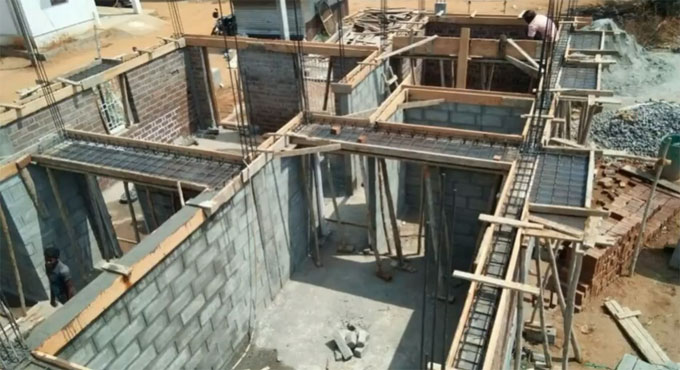NEWS | SOFTWARE | SHEET
Types of Lintels used in Building Construction
The Lintel Level is the vertical measurement or height of the lintel (for instance, the height measurement or evaluation from a door’s or windows top horizontal dimension’s bottom edge).
A lintel is upheld over an opening or fenestration (for instance, doors, windows).
In construction of houses or residential construction, a lintel is a group of steel reinforced with a beam or wooden header; in some instances it is a stone block.
The lintel level assists to transfer or bridge the structure’s load-bearing weight in order that the load path extends to ground via suitable as well as continuous support (else, the structure will deteriorate).
Those are several levels where at the door as well as window sills are positioned.
Lintel Level in Building Construction:
Assume a window, the window’s lower starting point is sill level and the window’s top starting point is the lintel level.
At the time one climbs up two to three steps in a house to get to its middle portion, that level is the plinth.
In case one views majority of houses, one is going to identify that the lower window sills set to be fit on the same trail of bricks, to ensure that they are nearly waist-high within the building.
A house’s lintel level is the soffit level of a window or door; usually, in construction of house or residential construction, it is 7 feet or 2.1 meters.
That is even associated to the door jamb’s height for the doors, which isn’t set; lintel level is the height of the door jamb.
Types of Lintel Level:
Wood Lintel: In old houses or buildings, one may view a wooden beam above door or window opening, and that is known as a wooden lintel.
It is a huge beam of timber at minimum 200 mm x 200 mm or 8 inches by 8 inches utilized to support the ceiling/second floor over a window or door.
Stone Lintel: Single stone pieces can be utilized like lintels; the lintel’s width should be up to the opening’s thickness.
Stone lintel level is positioned above the openings, wherein materials are ample, stone lintels are extensively utilized because of its effective compressive strength.
Brick Lintel: The brick lintel doesn’t have good resistance towards compressed load, as a result those sorts of lintels are utilized at the time the opening’s length doesn’t go beyond one meter.
The brick lintel must have a least depth of 20 cm as well as, the width must be up to the opening’s thickness.
Steel Lintel: The steel lintel possesses rolled joints or a steel angle. Furthermore, steel lintel level is utilized at the time the load is weighty, or the opening’s length is significant.
Steel joists are attached to the concrete to safeguard the steel from fire as well as rust.
RCC Lintel: RCC Lintel substituted all additional materials, as it is robust, fireproof, durable, as well as simple to produce.
An awesome benefit of RCC lintel is that it can be cast-in-situ or precast.
Pretested lintels are utilized for span lengths equal to two meters in case the opening’s width is greater than two meters; the lintel is going to be constructed through the cast-in-situ technique.
To get more details, go through the following video tutorial.
Lecturer: G.G. Construction


